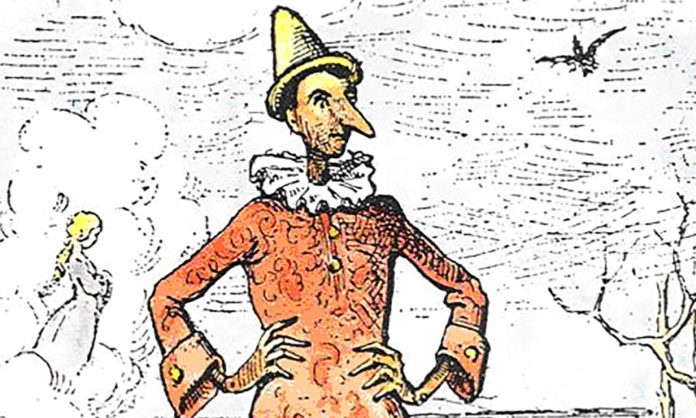In an article on Industrial Scripts, Rebecca Hindmarsh suggests ways writers can use public domain characters and stories to create a new work. “Many writers prefer to focus on producing completely original material. It can feel frustrating to look around and see so many remakes of the same ideas,” she says. “But having at least one script based on a PDP will likely add value to your portfolio. Moreover, it can help you get out of writer’s block, giving you a structure to work from.”
Public domain properties have the benefit of being familiar to your audience. In the last year, we’ve seen two new filmed versions of Pinocchio, while writers dig up Greek myth, Robin Hood, and King Arthur on a regular basis. Barbara Kinsolving’s lauded Demon Copperhead is a reimagining of David Copperfield. Most of Disney’s classic films were based on public domain fairy tales and folklore, and Shakespeare’s plays are a staple of literature, film, and theater. Even unfamiliar properties can provide you with a structure for a new story, giving you the freedom to reinterpret character, setting, and theme.
If you’re considering basing a script on a public domain property, Hindmarsh offers these tips on:
- Finding the Material. If you know which property you’d like to work with, you’ll easily find volumes of material. If you’re not sure where to start, Hindmarsh suggests Project Gutenburg and Internet Archive, both of which house work in the public domain. Also, remember that new work enters the public domain every year. In 2023, the first three Hardy Boys novels, the original nine Oswald the Lucky Rabbit cartoons by Walt Disney, Herman Hess’ Steppenwolf, Alfred Hitchcock’s The Lodger, Fritz Lang’s Metropolis, and Josephine Tey’s The Daughters of Time all entered the public domain.
- Doing your Research. Before you start on your version, find out what else has been done with the property. “Do whatever you like with the characters and story, but be careful to avoid too many similarities with existing depictions,” Hindmarsh cautions. For example, the Disney versions of public domain properties are under copyright, so be sure to go to the source for your version, and avoid anything that Disney introduced to the story.
- Break the Mould. If you decide to work with a popular public domain property, be sure you have a good reason. Audiences have seen these stories before, so bring something new and interesting to the story and characters. Consider the story’s essential elements, change the setting or time, change the sex of the main character, or introduce new characters that complement the public domain character.










